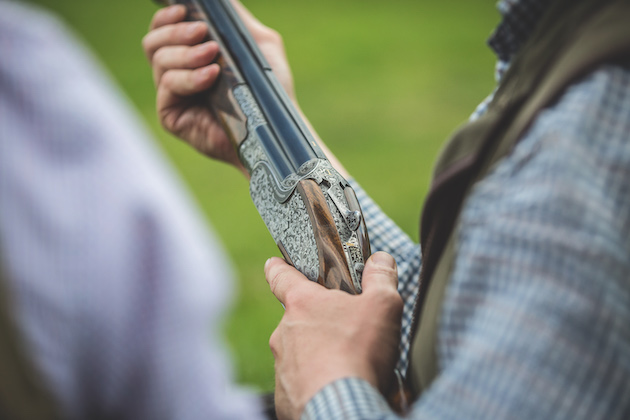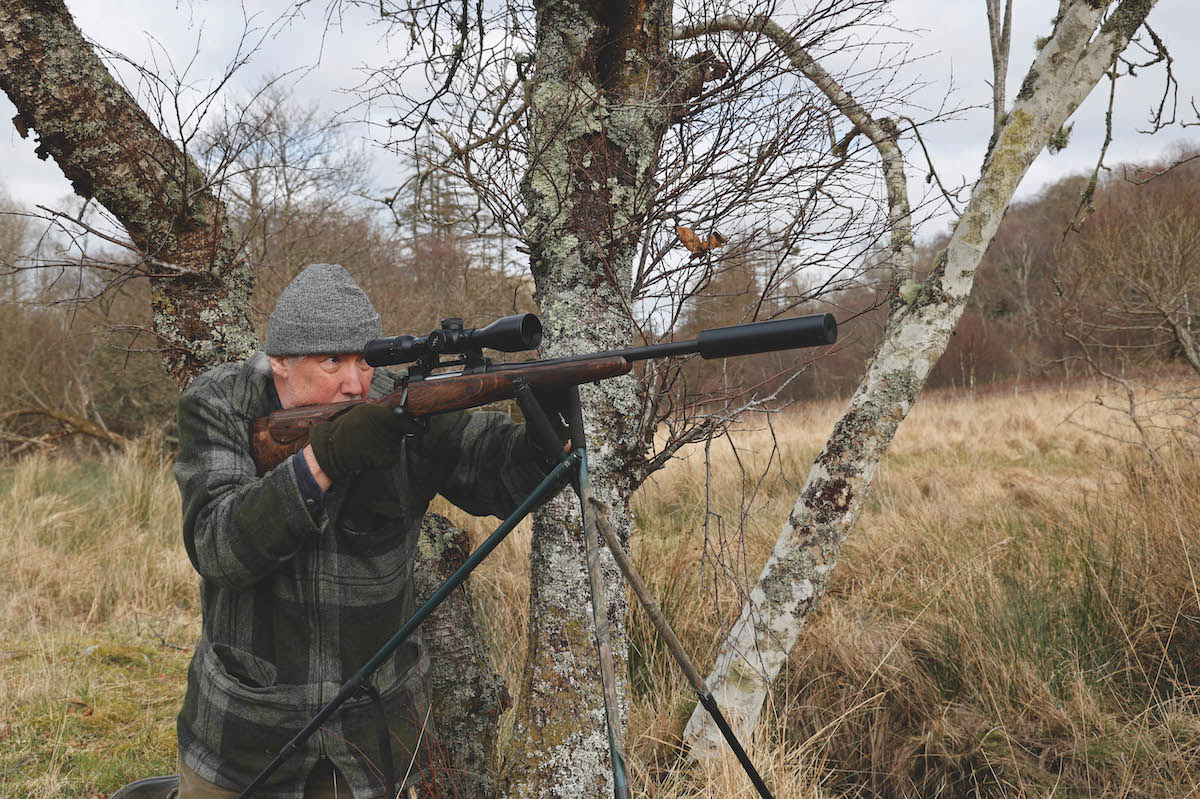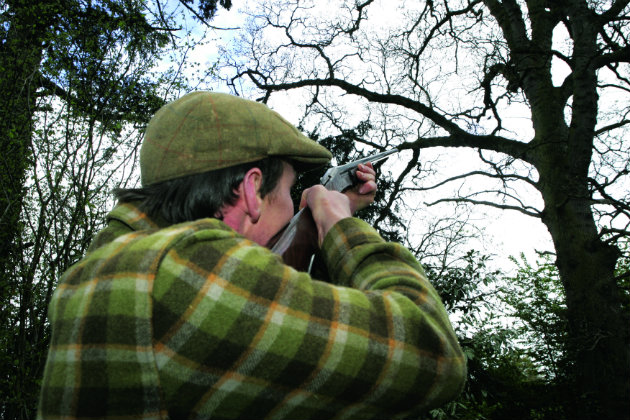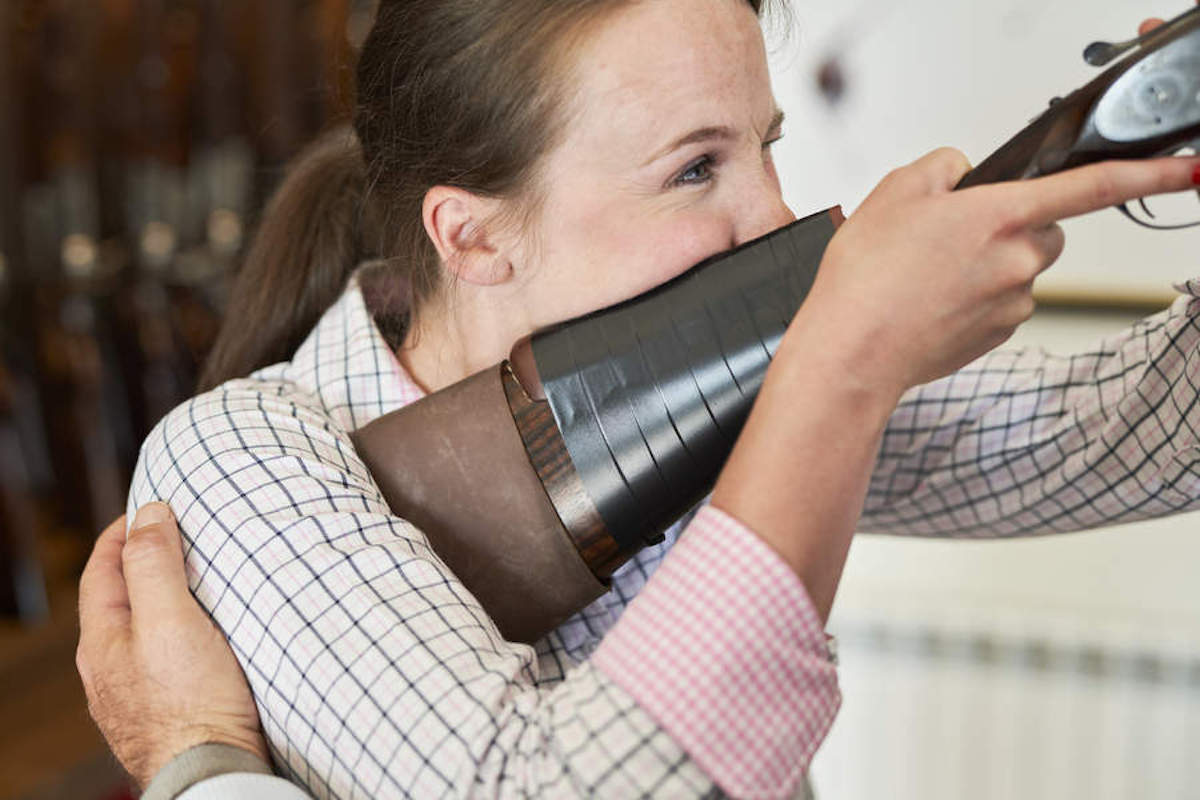Gun safety catch – should it be automatic on all guns?
While a safety catch is useful, don't rely on it, warns shooting instructor Ben Smith

Safety has to be our primary concern when we are shooting and here I am going to be writing about the gun safety catch – which acts like a seat belt on the shooting field. (Read the shooting safety rules here.)
The gun safety catch
The two main types of gun safety catch available, used by the majority of shooters, are the manual safety and automatic safety.

A manual safety on a Webley Scott Sporter
Manual safety catches
Manual safety catches must be engaged and disengaged by the gun handler; they will not revert automatically to “safe” when the gun is opened. They were primarily brought in to help prevent the dreaded sinking feeling that occurs during competitive clayshooting when you go to shoot at that all-important final clay of the round and nothing happens when you pull the trigger. Having a manual safety that you can disengage before your round gives many people peace of mind. Some people have even been known to weld their safety catch forward, while most guns used in the Olympics and other major competitions simply won’t have a safety catch at all.
In my opinion, the only place for these guns is on a clay ground. This is simply because a clay ground is — or should be — a highly controlled environment. The stands at shooting grounds are placed in specifically identified locations. Hares don’t shoot up from your feet and snipe don’t burst out in front of you. The first consideration when deciding where to place the stands at any big clay ground should be safety and minimising the chance of an accident.
On the other hand, pigeon hides, game drives and even the back of a pickup are fraught with many more potential hazards and countless unpredictable variables — beaters, dogs and walkers, to name just a few. This makes them inappropriate environments for a shotgun with a manual safety — remember one mistake could cost you or someone else dearly. Surely we should have everything possible in place to stop an accident happening? I am happy to occasionally miss a clay or bird due to not disengaging the safety catch if it minimises the chance of me having — or causing — a serious accident.
Or no safety catch?
Would having no safety catch at all make your gun handling perfect in time? And would this not benefit you as a shooter? There are stories of safety catches malfunctioning and it is impossible to know whether some part of the internal mechanism is about to go, so would we be better off relying on our own intelligence?
In my opinion no. If we agree that we should have everything possible in place to stop an accident happening, why not use a safety net? Not to rely on, of course, but if it could prevent an accident from happening, then why not?
A gun should always be treated as though it has no safety catch at all. Never rely on it, and remember that your index finger should be kept away from the trigger until you intend to fire the gun. This is one of the most important safety measures, almost certainly more so than a safety catch.

Automatic catches are crucial in the field, especially when double-gunning
Automatic safety
Shotguns with an automatic safety catch have been around for decades and get their name because they automatically revert to “safe” when the gun is broken. They are used by game and clay Shots alike, and it takes time to get used to adhering to the BASC Shotgun Safety Code of Practice advice: “Always have the safety catch on ‘safe’ until the moment before you fire.” However, with practice it will become second nature.
Automatic safety catches are crucial in the field, and especially so when double-gunning. It is terribly unfair to ask a loader to double-gun with you and expect him to use a pair of manual safety guns, as one mistake by either person in the heat of a drive could be disastrous. Even with an automatic safety an accident could happen, particularly as many people have a terrible habit of playing with them on the peg when they are waiting.
So how safe is your safety catch? I would say the answer is that there is no such thing as a “safe” safety catch — they are simply safety aids. Human error or an unforeseen circumstance can occur at a moment’s notice.
Safety net
Mechanical faults happen all too often, too. A shooting instructor told me that only the other day he had a client who had a firing pin that had become stuck forward. When the client loaded and closed the gun — with the safety catch engaged — it went off into the ground in front of him. Luckily, the client was well schooled in the art of gun handling and had good awareness of where his muzzles were pointing. This just proves that you cannot rely on a safety catch, it is merely a safety net — but even safety nets sometimes develop holes in them. Personally, though, I would rather have a safety net in place than nothing at all.









